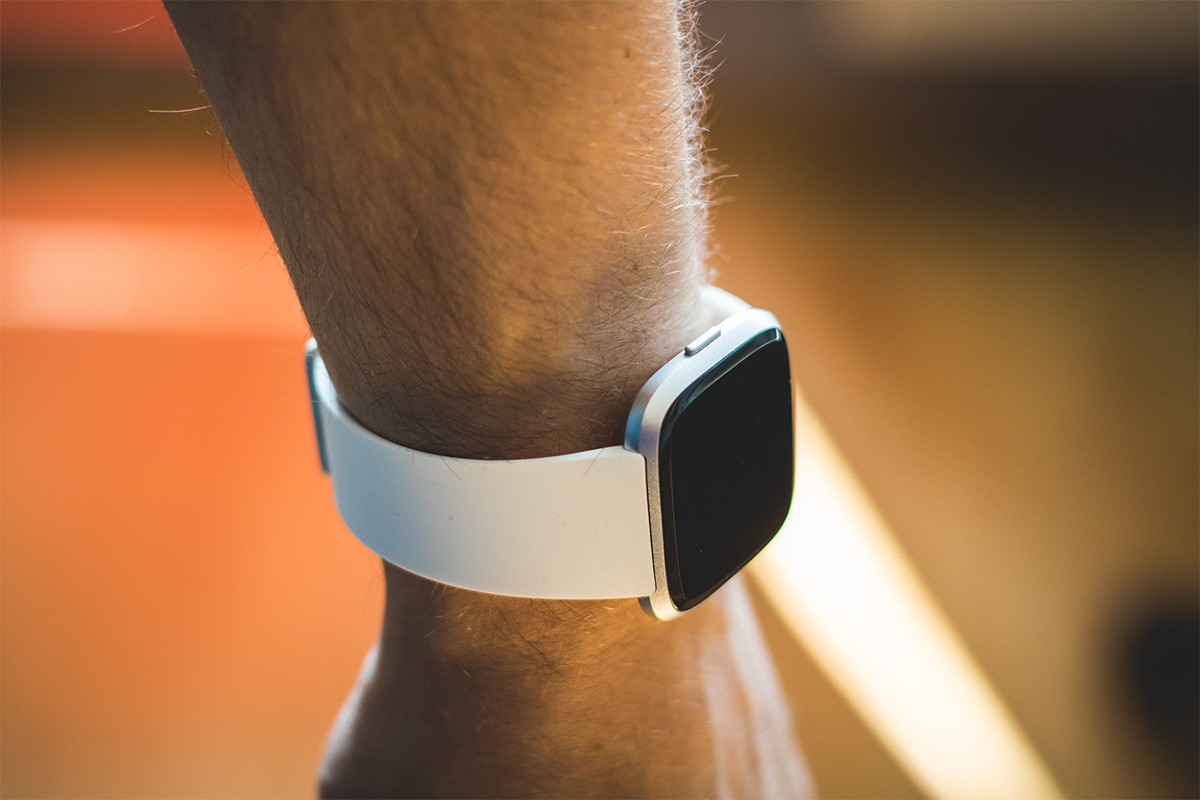According to a recent Gallup poll, America’s optimism about the COVID-19 pandemic is at an all-time high. A hefty 89% of the population characterizes the situation as “getting better,” while a third of the country has declared it outright “over.” The TSA checkpoint numbers have hit two million travelers 13 times since the beginning of June (if not back to 2019 levels, at least a threefold increase since this time last year), bars and restaurants are fully open in states with efficient vaccination programs, and local establishments like grocery stores have stopped requiring customers to wear masks as they shop.
Still, while the pandemic looks ready to end this summer, the effects of the coronavirus do not. Data collected by popular health monitors like Apple Watch, Fitbit and other health wearables shows that the behavioral and physiological changes brought on by COVID-19 can last for months.
In a study published today in the journal JAMA Network Open, titled “Assessment of Prolonged Physiological and Behavioral Changes Associated With COVID-19 Infection,” researchers assessed biometrics from more than 37,000 people, collected between March 2020 and January 2021. The changes that the wearables pick up on — in body heat, heart rate and respiratory rate — mixed with self-reporting of symptoms, helped scientists to actually sniff out COVID-19 cases in real time. Ultimately, though, the goal was to determine what sort of lasting health effects virus has on people, especially relative to other respiratory illnesses.
“Long-haul COVID” is of significant interest and concern to the medical community. After all, 34 million Americans have contracted the virus, and its lingering consequences involve everything from brain fog, to loss of smell or taste, to erectile dysfunction. Scientific American recently cautioned that a “tsunami of disability” is coming as a result of long COVID, and the National Institute of Health plans to allocate $1.15 billion for research over the next four years.
So expect many more studies on the horizon. For this preliminary entry to the long COVID discourse, researchers in the JAMA study isolated 875 subjects from the health monitor-wearing database (all of whom wear Fitbits), and compared those who had tested positive with COVID to those who had reported “a fever, cough, body aches or other symptoms of a respiratory illness” due to another infection. While everyone slept more and walked less after they got sick, individuals with COVID clearly had a more drastic change. It took an average of 79 days for their resting heart rates to return to normal, compared to just four days for those who didn’t have COVID.
Most concerning? The 14% of people whose heart rates remained irregular for an extremely long time — up to 133 days. As The New York Times reports, “prolonged heart rate elevation may be a sign that COVID-19 disrupts the autonomic nervous system, which regulates basic physiological processes.” The issues people keep noticing (cardiac, renal, gastrointestinal) can be traced back to the autonomic dysfunction that COVID causes.
In other words: COVID really messes things up, and it takes a long time to get right again. It’s important that we remain mindful of this as the country — and the planet at large — prepares to leave the pandemic in the rearview. As tough as it is to acknowledge, we still have so much more to learn about what this virus can do to the brain and body, even after we aren’t at risk of catching it on the train anymore.
The Charge will help you move better, think clearer and stay in the game longer. Subscribe to our wellness newsletter today.


















